UC Blogs
These Colors Didn't Run
We've seen bumble bees, honey bees, sweat bees, wool carder bees and syrphid flies topple into our swimming pool, but never an alfalfa...

Alfalfa butterfly, Colias eurytheme, lands in a swimming pool. (Photo by Kathy Keatley Garvey)
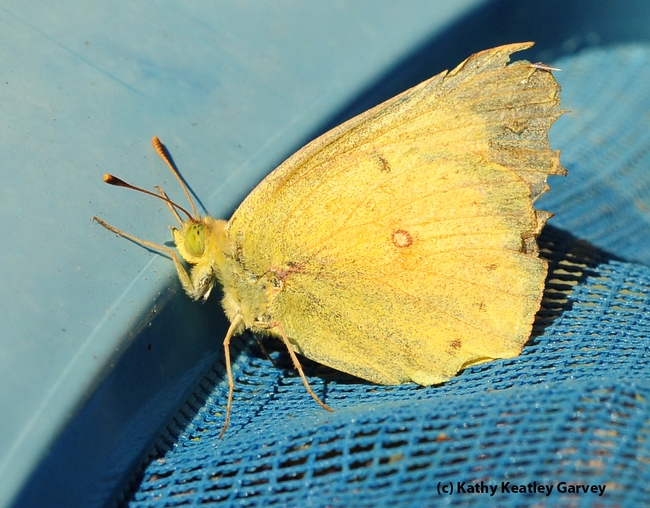
Fished out of the pool, the alfalfa butterfly rests on the net. (Photo by Kathy Keatley Garvey)
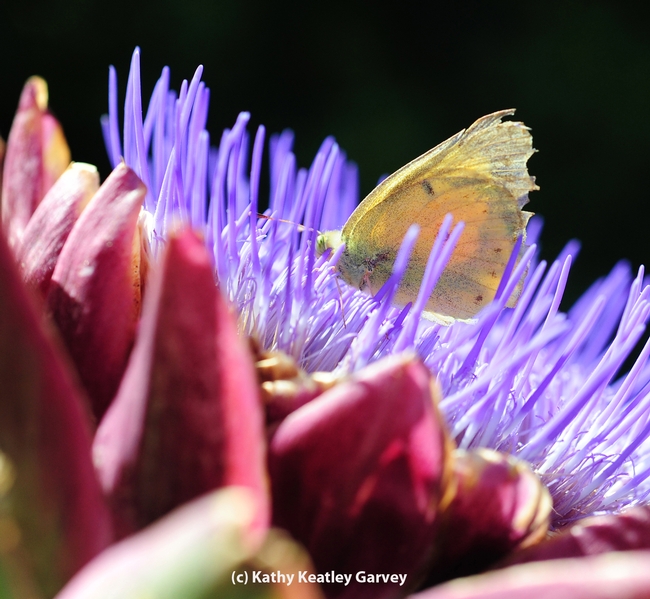
Placed atop a flowering artichoke, the alfalfa butterfly dries its wings. Several minutes later it fluttered away. (Photo by Kathy Keatley Garvey)
California's dry winter is leaving west side cattle hungry
The long rainless winter resulted in grass growth on the west side of the San Joaquin Valley about 80 percent less than usual, reported John Holland in the Modesto Bee. Spring rain pushed somewhat more growth on the valley's east side, which was charted at 55 to 70 percent less than normal.
Theresa Becchetti, UC Cooperative Extension advisor in Stanislaus and San Joaquin counties, a livestock expert, and Diana Waller, district conservationist for the U.S. Natural Resources Conservation Service, reported the conditions in a letter last month to county and federal agriculture officials.
Fall 2011 rain helped germinate seeds, but "unfortunately, that is where it ended," they wrote.
A cattle producer quoted in the story said the poor feed conditions are offset somewhat by beef prices that have remained strong.
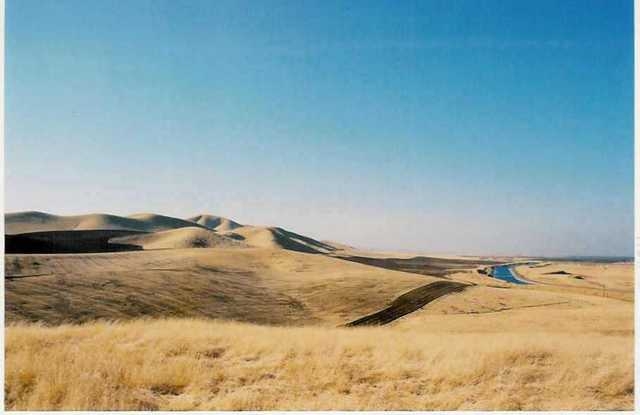
The USDA reported that nonirrigated range condition was poor to fair, with some higher-elevation range in good to fair condition.
Happy Tomatoes=Happy Master Gardener
I know, and you know, this Master Gardener blog space is not intended as a garden brag book. However, I am ignoring that caveat today with a bit of boasting about my middle-of-the-yard tomato patch. Don’t know if any of you remember, but back in April I took a leap of faith and sacrificed a smallish, rock-lined area of my yard — normally planted with ornamentals — to the tomato gods. Mind you, this little spot is pretty much in the center of our back yard. I put in just four tomato seedlings, two determinate, two indeterminate. Then I hoped and prayed and the sun shone, and the wind didn’t blow too hard.
Update: The tomatoes are thriving, and, despite the goofy cages I’ve placed around them, the plants are lovely. I’ve started harvesting the cherry tomatoes, and a few ‘Beefmasters’. The fruit on the ‘Ace’ and ‘Celebrity’ are starting to blush.
This is beyond exciting for me, as I had pretty much given up on getting decent tomatoes from my back yard. I normally plant tomatoes in our two 10-foot by 4-foot raised beds, which are set away from the house on the southwest side of our property. But the last few years, the tomatoes have not done well. I have over-analyzed why this happened — too hot, too cool, too much water, too little water, planting the wrong varieties for our climate (I am SO over heirlooms!) — and I suspect I’ve hit upon the answer: The soil. This year’s relative and so-far success with tomatoes is probably because I have never before grown tomatoes in this spot.
I thought I had been taking good care of the soil in my raised beds. I never planted tomatoes in the same box in consecutive years. I always added plenty of compost and some organic fertilizer prior to planting. I’ve even grown cover crops (fava beans) over several winters. I’m hoping that by leaving the raised beds fallow for a summer, the soil may recover, at least a little.
I’d love some feedback from my fellow Solano gardeners. How do you keep your soil healthy?

Bragging rights? This ‘Beefmaster’ tomato must be closing in on 2 pounds.(photos by Kathy Thomas Rico)
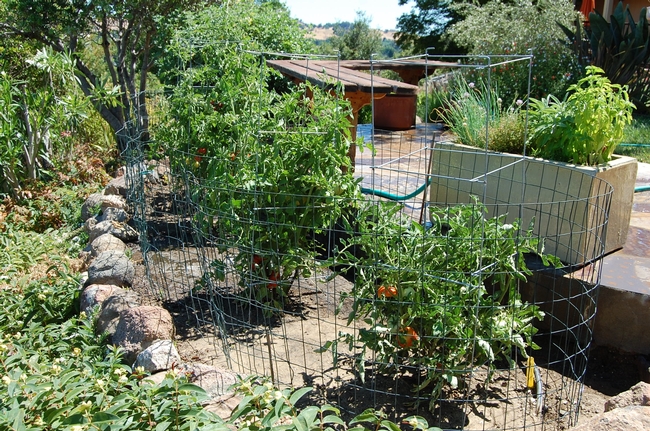
It ain’t much, but it’s thriving: Four tomatoes smack dab in the middle of the Rico back yard.
Bee-ing Young
Pity the poor worker bee. In the spring/summer months, she lives only four to six weeks and then she dies. Bee scientists say she basically works...
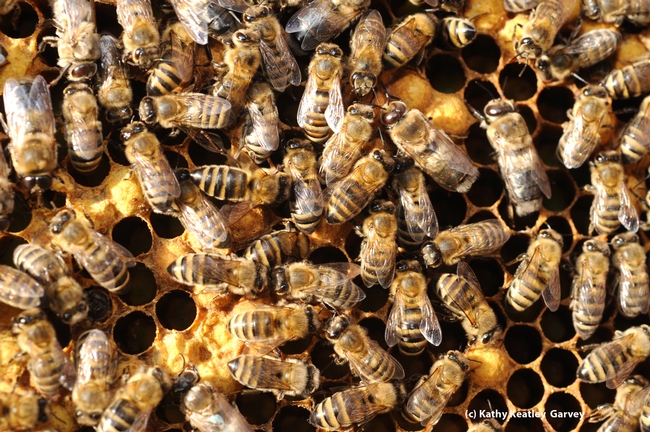
Worker bees working inside the hive. (Photo by Kathy Keatley Garvey)
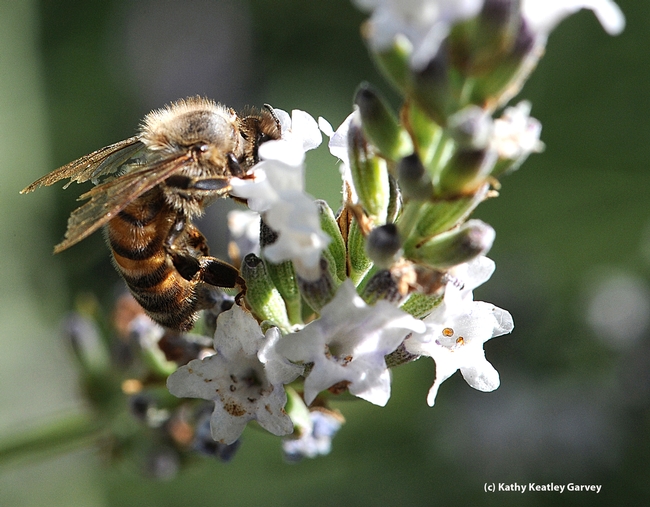
This worker bee, with tattered and torn wings, still keeps foraging. (Photo by Kathy Keatley Garvey)
Matilija Poppy
One flower that I’ve tried to grow in my yard, and failed, is the Matilija Poppy (Romneya coulteri). I simply couldn’t give it the sun and space that the poppy requires. But there are no hard feelings in this relationship—seeing it happily blooming elsewhere in town never fails to make me smile.
The Matilija has spectacular 4” to 8” blossoms comprised of 5-6 white petals, which appear to have the texture of crepe paper, and a vibrant yellow center of stamens. Not surprisingly, it is often referred to as the “fried egg” flower.
Native to portions of southern California and Baja California, the Matilija is a perennial that doesn’t require much water and tolerates many soils. The plant grows to 6’ to 8’ feet tall, spreading by rhizomes. It can be tricky to get started, but once it gets established it can be invasive. It needs space!
Seeing a patch of Matilija cheerfully blooming is like seeing California sunshine in a flower. Or as the Los Angeles Times (5/28/2010) put it more eloquently, the Matilija is, “without rival, the biggest, silliest, loveliest and most poignant of California wildflowers.” I couldn’t agree more.
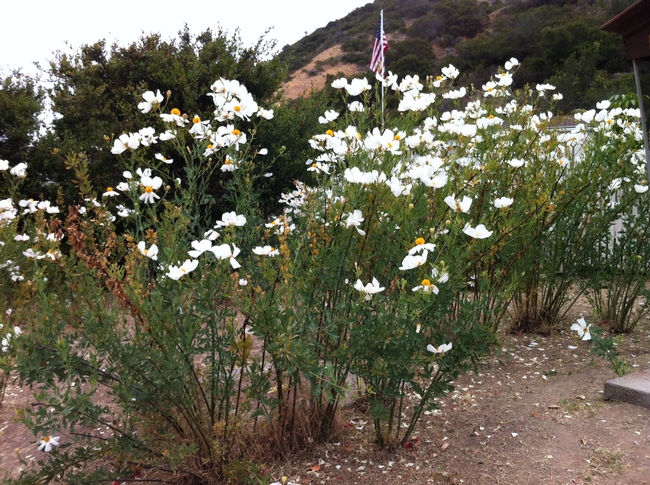
Patch of Matilija poppies. (photos by Erin Mahaney)

"Fried egg" flower.

